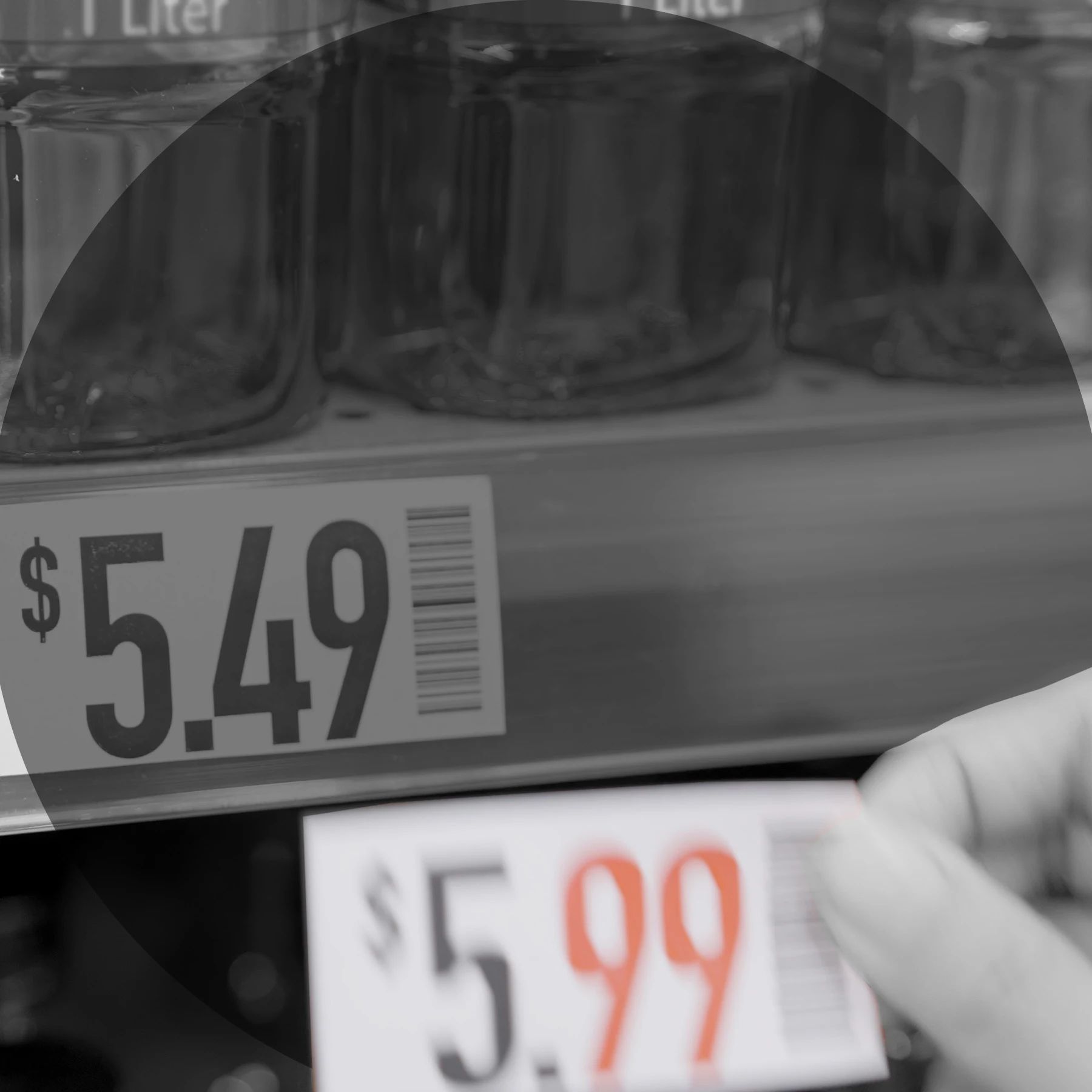Are retailers passing on tariff-related price increases to consumers? So far, only a little.
Prices have climbed within days after tariff announcements. However, the magnitude of the change hasn’t kept pace with the scale of the levies imposed, according to research by Harvard Business School Professor Alberto Cavallo.
Since the back and forth over tariffs began this year, many economists have predicted that the levies would fall to consumers. Cavallo’s analysis—detailed in the working paper “Tracking the Short-Run Price Impact of US Tariffs”— found that retailers have largely avoided raising prices—so far.
Using micro-level price data from major US retailers, researchers found that prices declined from October to December, as is typical during the holiday season. However, prices on imported goods rose by about 1.2 percentage points after March 4, when the US announced a 25 percent levy on imports from Canada and Mexico, along with an additional 10 percent tariff on Chinese products (on top of the 10 percent imposed in February).
Price increases accelerated after the US government announced widespread tariffs on April 2, which the Trump administration billed as “Liberation Day.”
Cavallo, the Thomas S. Murphy Professor of Business Administration, coauthored the paper with Paola Llamas and Franco Vazquez, research assistants at HBS from Universidad de San Andrés in Buenos Aires, Argentina.
The team notes that retailers reacted similarly to tariffs enacted during the first Trump administration in 2018-2019. Except for products that faced “large and highly visible” tariffs at the time, such as washing machines, most goods experienced modest price increases.
“The limited pass-through at the time was connected to a range of short-run retailer adjustment mechanisms, including margin reductions, inventory front-loading, and trade diversion,” the researchers wrote. “The same mechanisms, coupled with the growing uncertainty over the tariff announcements, can help explain why the magnitude of these price increases are still small relative to the size of the tariff announcements.”
Another interesting finding is that the prices of goods produced in the US are also climbing gradually. This might be because many rely on components or materials from abroad. Businesses might also be anticipating more demand for domestic goods, notes the paper.
Different countries, different responses
The team dug further into daily prices for more than 300,000 products, using data from four large retailers to identify where the products originated. For about 10 percent of the products, the researchers also used a generative AI model to classify goods by country.
They validated the results with 10,000 products and found that their model was 88 percent accurate in predicting whether a product was “domestic” or “imported,” and 85 percent accurate in identifying the correct country of origin. Cavallo points out that one of the most overlooked benefits of AI in academic research is its ability to search for and fill in missing data, as demonstrated in this case.
The research comes from the Digital Data Design Institute at Harvard’s Pricing Lab, which Cavallo leads. The team has been updating the dataset weekly with new data from PriceStats, a private firm cofounded by Cavallo. As the researchers refine their methodology, results might change over time.
Have questions or feedback for us? Send us a note to
hbswk@hbs.edu.


